
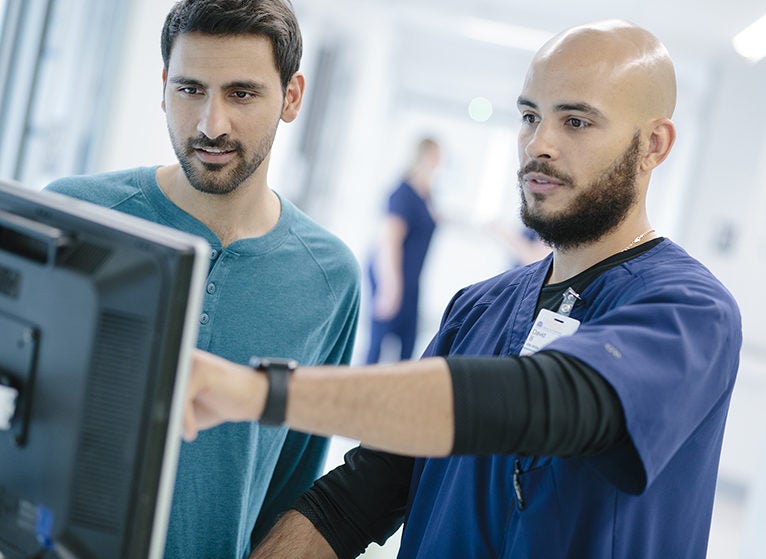
Here Are 9 Cool Tech Items You’ll Find in Our ED Expansion
When our new state-of-the-art Emergency Department expansion opens for business on October 15, it will be a showcase for cool tech. The ED is benefitting from fleet-level upgrades that the Medical Center has been making over the past few years.
Here are nine of the high-tech items you’ll want to know about:
1. Anti-shadowing lights — These LED lights remove shadows on patients in resuscitation rooms giving providers clearer, more consistent visibility while offering care. Light levels adjust automatically when a caregiver moves between the light and the patient. The use of LED lights also decreases power consumption and operational costs.
2. Electric stretchers — new specially constructed mattresses will help prevent hospital-acquired pressure ulcers (HAPU) through distributing load, reducing shearing forces, and promoting a better skin microclimate at the point of contact.
3. Equipment Booms — Installed in each of the expanded ED’s four resuscitation rooms — three rooms for adults, one for pediatrics — these arm-like booms provide a flexible, space-saving place to house bedside equipment.
Benefits of booms include:
- More complete bedside capabilities — Having trauma rooms equipped with a full spectrum of bedside devices is expected to reduce the need to move patients to other areas during the emergent phase of their care.
- More room for large teams — Because the booms consolidate equipment in a single footprint, they leave more trauma room space for large caregiving groups to assemble. Code response teams, for example, can include nurses, physicians, anesthesiologists, respiratory therapists and ED technicians as well as staff members from the lab, phlebotomy, and radiology. Often, students are present, too.
- Move observers away from bedside — As Mike Friesen, Director of Clinical Engineering notes, “We’re mounting a point-of-care ultrasound on the boom and routing images from that equipment to additional displays in the room.” He adds, “This kind of dedicated technology moves observers, and anyone else who does not need to be at the bedside, away from the patient while still providing them a full view what is happening in the moment.”
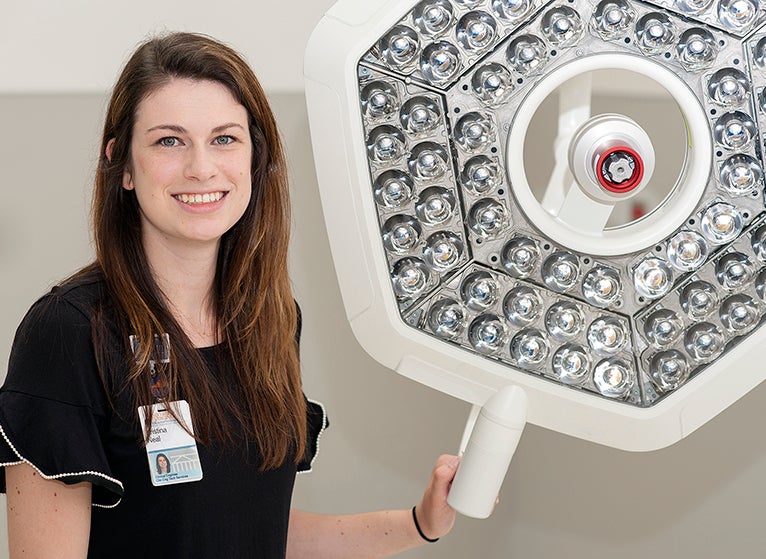
4. Dedicated imaging — Each ED resuscitation room is equipped with a ceiling-mounted X-ray system. Other imaging services will be located near the new ED, including two CTs (computed tomography), two X-ray rooms, and two ultrasound rooms. The close proximity to these services is expected to speed movement and care of ED patients who need additional imaging and also improve the overall patient experience. Another benefit: the devices use lower radiation doses, decreasing exposure risk for patients and staff.
5. Infusion pumps — these devices, which deliver medication at a programmable rate, have been integrated with the medication administration record and electronic medical record to help ensure that the right drug in the right dose goes to the right patient at the right time via the right route.
6. Patient call system — will provide a benefit to workflow in the ED and throughout UVA Health. Among other things, it is designed to reduce the burden of caregivers to have to return to the nurses’ station for information by enabling a more efficient and distinct transfer of information at the point of care.
7. Patient monitoring — these devices which display and analyze patient vital signs and waveforms were recently replaced throughout the hospital. Alarm configurations have been examined to help decrease the burden of unnecessary and unactionable clinical alarms.
8. Self-adjusting overhead paging volume — A new feature will enable the overhead paging system to automatically adjust its volume according to ambient noise levels in each ED area. The goal is to ensure that information is audible but not overpowering.
9. Versatile ventilators — Ventilators used in the ED expansion are capable of providing oxygen therapy, mask positive pressure and full ventilator support. In addition, the devices perform breath-to-breath monitoring and alert clinicians to any ventilation issues. These capabilities will help escalate a critically ill patients’ respiratory care when needed and ensure safe, effective transport of all patients (infants to adults) to the operating room or intensive care unit.
Latest News

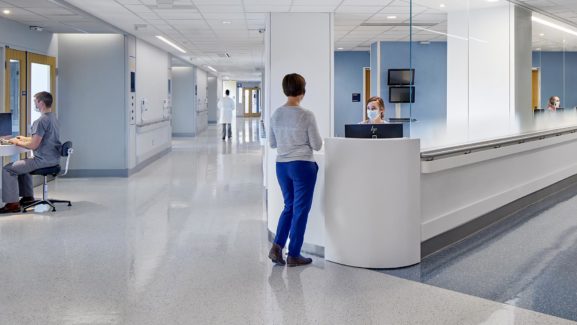
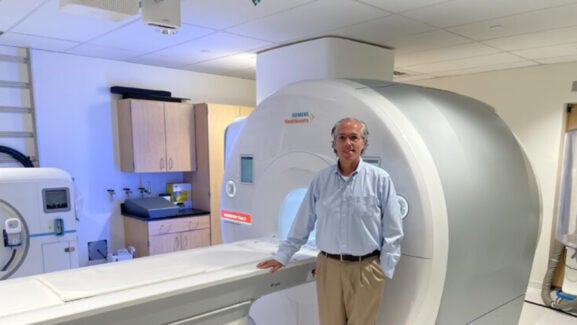

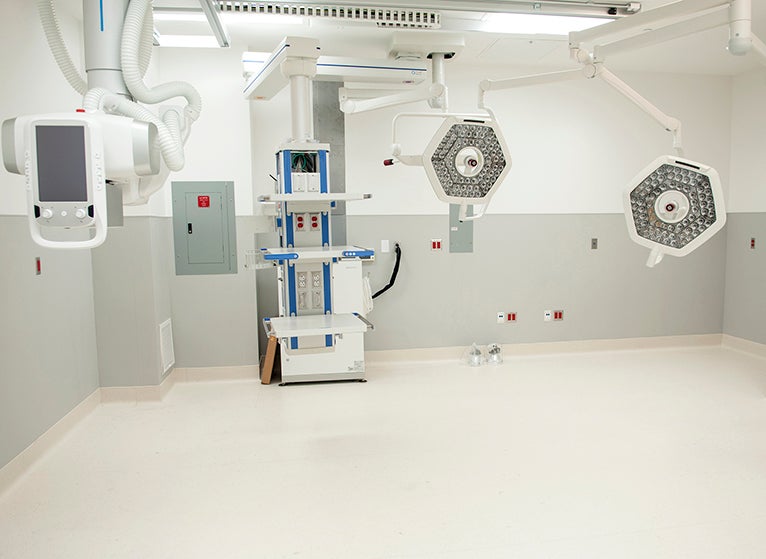
Great innovations! Too bad the same thoughts weren’t kept in mind when it came to the Pediatric ED. It has been state of the art in children’s ED’s to incorporate distraction technology to make the visit to the ED less intimidating. There is nothing child or family friendly that I was able to see. Maybe this could be kept in mind for the future?